Contents
Cabbage is usually grown by every passionate gardener. And if there are sometimes difficulties with early varieties, since not everyone has the time and conditions for sowing cabbage for seedlings and subsequent care for it, then late varieties of cabbage can be sown directly into the ground or under cover. This greatly facilitates work in the garden. In addition, it is the late varieties of cabbage that are intended for long-term storage. And, therefore, it will depend on their harvest how much you can stock cabbage for the winter.
Usually late varieties of cabbage are used both for storage and for fermentation. But there is a variety that is not recommended to ferment for the winter, because immediately after harvest it has too hard leaves. But it is stored wonderfully until late spring and even until the summer months. This is Amager 611 cabbage. Interestingly, after a few months of storage, its taste characteristics only improve.
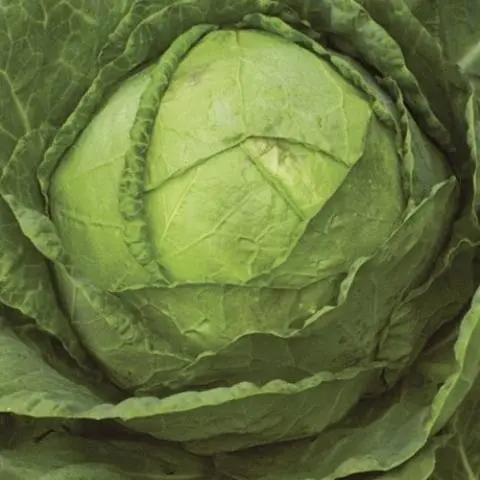
Variety description
Amager 611 is considered one of the oldest varieties of white cabbage known in our country. It was bred back in the 20s of the last century from seeds that were originally from Switzerland. And he got into the state register of the USSR in the midst of the war, in 1943. This cabbage was zoned throughout the former Soviet Union, excluding only the Northern and East Siberian regions. In these areas, due to the harsh climatic conditions, the plants would not have time to mature.
Plant characteristics
- The cabbage rosette is formed of medium size, semi-spreading, its diameter can be from 70 to 110 cm. The leaves are raised above the ground. The length of the stalk is about 20-30 cm.
- The leaves are gray-green in color with a pronounced wax coating. The shape of the leaf blade is broadly ovate, concave. The surface of the leaves is slightly wrinkled.
- Petioles have an average size of about 11-14 cm.
- The head of flat-round shape is characterized by high density. Its mass can reach 3-4 kg.

Characteristics of a variety
Variety Amager 611 has a high yield, from one square meter you can collect up to 6 kg of cabbage. With industrial cultivation, the marketable yield can be 40-65 tons per hectare.
These features of the Amager variety will be especially attractive to farmers.
The cabbage variety Amager is late-ripening in terms of ripening. From sowing for seedlings to the technical ripening of heads of cabbage, an average of about 130-140 days passes.
The taste of cabbage leaves at harvest is slightly bitter, but during winter storage, the taste characteristics improve, the bitterness disappears, and the cabbage becomes very juicy.
The disadvantages of the Amager variety include its weak resistance to Fusarium wilt and vascular bacteriosis. During storage, heads of cabbage can also be affected by gray rot and punctate necrosis.
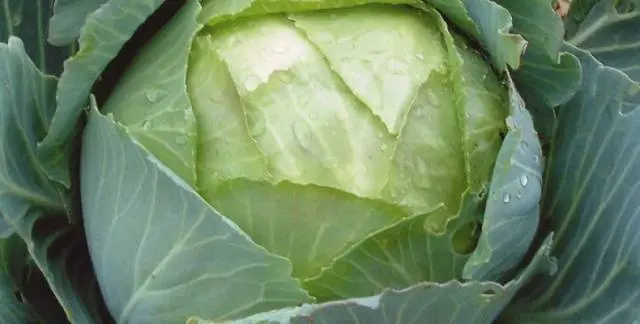
But this variety has much more advantages:
- High and stable yield;
- Increased cold resistance and even frost resistance;
- Resistance to cracking heads;
- Increased keeping quality and good transportability.
Cultivation of cabbage
Since Amager cabbage belongs to late-ripening varieties, it can be grown both by sowing seedlings and directly to a permanent place in the garden. In the northern regions, due to the short summer, the first growing method is preferred. Due to the susceptibility of this variety to various diseases, the seeds require decontamination before planting. Fitosporin solution is best suited for these purposes, in which the seeds are soaked for 8-12 hours. After a little drying, they can be sown. The soil for sowing is also disinfected with a solution of phytosporin a day before sowing the seeds.

When thinking about when to plant Amager cabbage for seedlings, you need to proceed from the climatic characteristics of your region. It is necessary to take into account the timing of the possible harvest on the one hand, and the estimated dates of planting seedlings in the ground on the other. Usually late varieties of cabbage are sown during April. The Amager variety in the middle lane can also be sown in a permanent place in early May, using additional film shelters on arcs.
At a temperature of about + 20 ° C, cabbage shoots appear in 2-5 days.
If this is not done, then the seedlings will stretch and subsequently die. The best place for the growth of cabbage seedlings is a greenhouse or greenhouse, where the necessary conditions can be maintained without difficulty. Two weeks after the emergence of seedlings, the seedlings are planted in separate containers, while deepening it along the cotyledon leaves. After picking, it is advisable to shed Amager cabbage again with a solution of phytosporin.
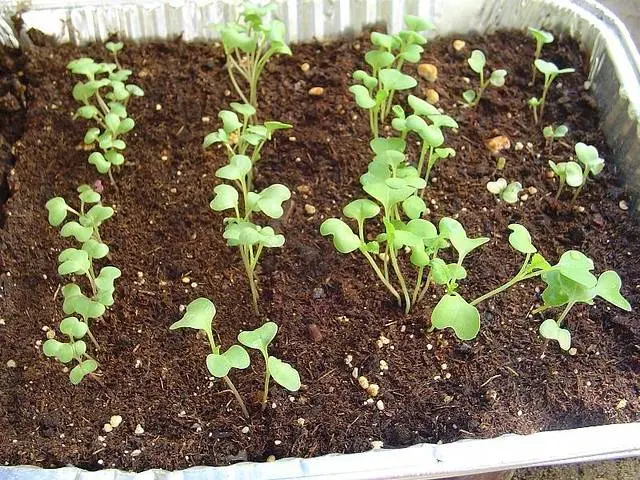
Cabbage seedlings can be planted at a permanent place of growth in open ground in the second half of May. During planting, at least 50-60 cm are left between plants, while the row spacing should be about 60-70 cm. Immediately after planting, the entire ground around the bushes is sprinkled with a mixture of tobacco dust and wood ash. This will help repel pests and serve as additional top dressing.
In the future, cabbage care consists of weeding, loosening the soil, fertilizing and watering. Abundant watering is necessary for Amager cabbage in July – August during the formation of heads. A month before harvest, watering should be reduced to a minimum. Due to the susceptibility of this cabbage variety to diseases, it is advisable to carry out several more treatments with phytosporin during the summer.
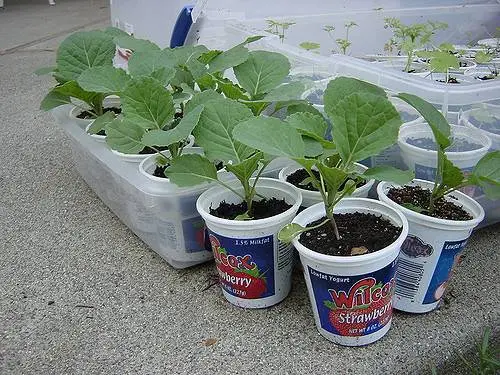
Testimonials from truck drivers
Reviews and photos of those who planted Amager cabbage can be found below.
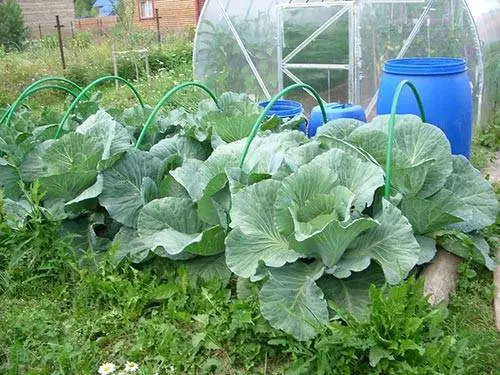
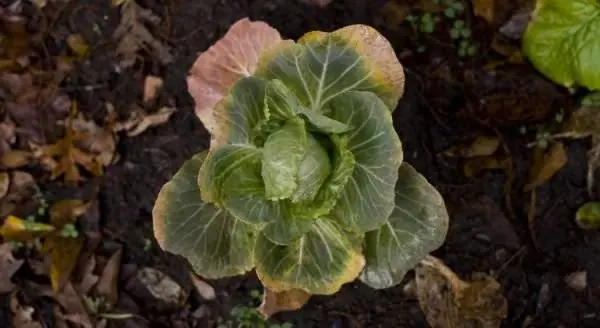
Reviews of gardeners about Amager cabbage are only good. However, this is not surprising given how many years this variety has existed, without losing popularity at all.









